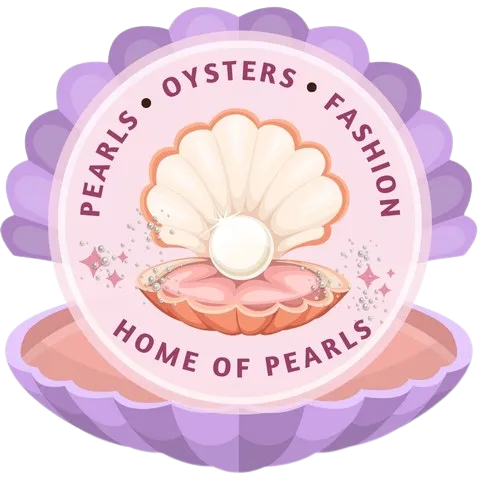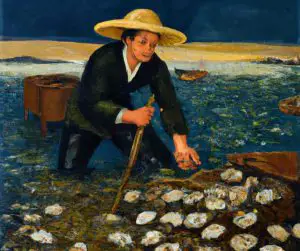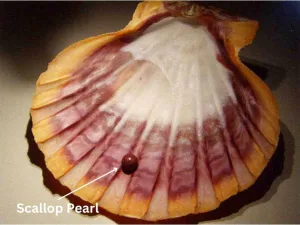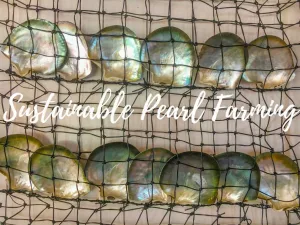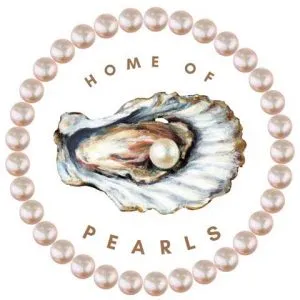Giant clam pearls have long been a source of fascination among pearl lovers. These unique and rare gems come from the largest, oldest, and most valuable of all clams—the Tridacna gigas. This species is found in tropical waters around the world, including the islands of Fiji, Tonga, and Vanuatu.
Giant clam pearls are extremely rare and can often be worth more than traditional cultured pearls. They range in size from less than an inch to over seven inches in diameter, with most being around one to three inches across.
The color of giant clam pearls is usually a milky white with tints of yellow, pink, or blue. There is much debate about the formation of these pearls, with many believing that they are formed through a combination of environment and genetics.
Giant clam pearls have been coveted by royalty, celebrities, and wealthy collectors for centuries. They have been used as jewelry and have often been seen in museum collections from all over the world.
While they are still considered rare and valuable, the increase of available sources has made them more attainable to the average pearl enthusiast.
Table of Contents
How large are giant clams?
The shell of a giant clam is the largest in the world, measuring up to 2 meters (6.5 feet) long and weighing up to 450 kilograms (1,000 pounds).
Giant clams can be found in the South Pacific, and their shells are used as bowls or drinking vessels by people who live near them.

In addition to being used for eating and drinking, they’re also used as household items such as decorative pieces or storage containers.
Pearls from giant clams
Giant clams may produce some of the world’s largest pearls because they live so long: up to 200 years!
The huge size of these shells means that they have plenty of room inside them for oyster or snail larvae (called “seed pearls”) that attach themselves onto tiny grains inside the mollusk’s mantle tissue—the part between its shell halves where it filters water and expels waste material from its gills—to grow into lovely gems over time.
Due to the fact that these pearls are not cultured, they are considered natural pearls. This means there is no human intervention in the growth of the pearl. The pearl is just a natural growth that occurs within the clam’s shell.
It’s important to note that these pearls are not cultured but rather grown by the clam itself. It’s also important to understand how this process works, so you know what you’re buying if you see giant clam pearls for sale online or at your local jewelry store:
The giant clam is an amazing organism. It’s been around for millions of years, and it has evolved to produce the most beautiful pearls in the world.
The giant clam can produce a pearl so large it’s hard to believe. An average white-shell pearl is about eight millimeters in diameter, but some can be up to 20 millimeters!

The Pearl of Puerto Princesa is a stunning natural wonder located in the Philippines. Located within the protected forest reserve of Palawan, it is home to some of the most beautiful limestone formations in the world.
The caves, like many other geological wonders, were formed by thousands of years of erosion and tectonic shifting. The result is a series of interconnected chambers and passages that are filled with breathtaking stalactites and stalagmites.
Takeaway
As you can see, the giant clam is an amazing organism that can produce a pearl so large it’s hard to believe. Their ability to grow these pearls is truly remarkable, as they are not “cultured”, but just extra shells grown by the clams.
